
-
100 Ascot Avenue, Remuera, Auckland
- 09 524 4069
“Why?” You ask.
The answer to that is multi-factored, but today we’re outlining just how this came to be.
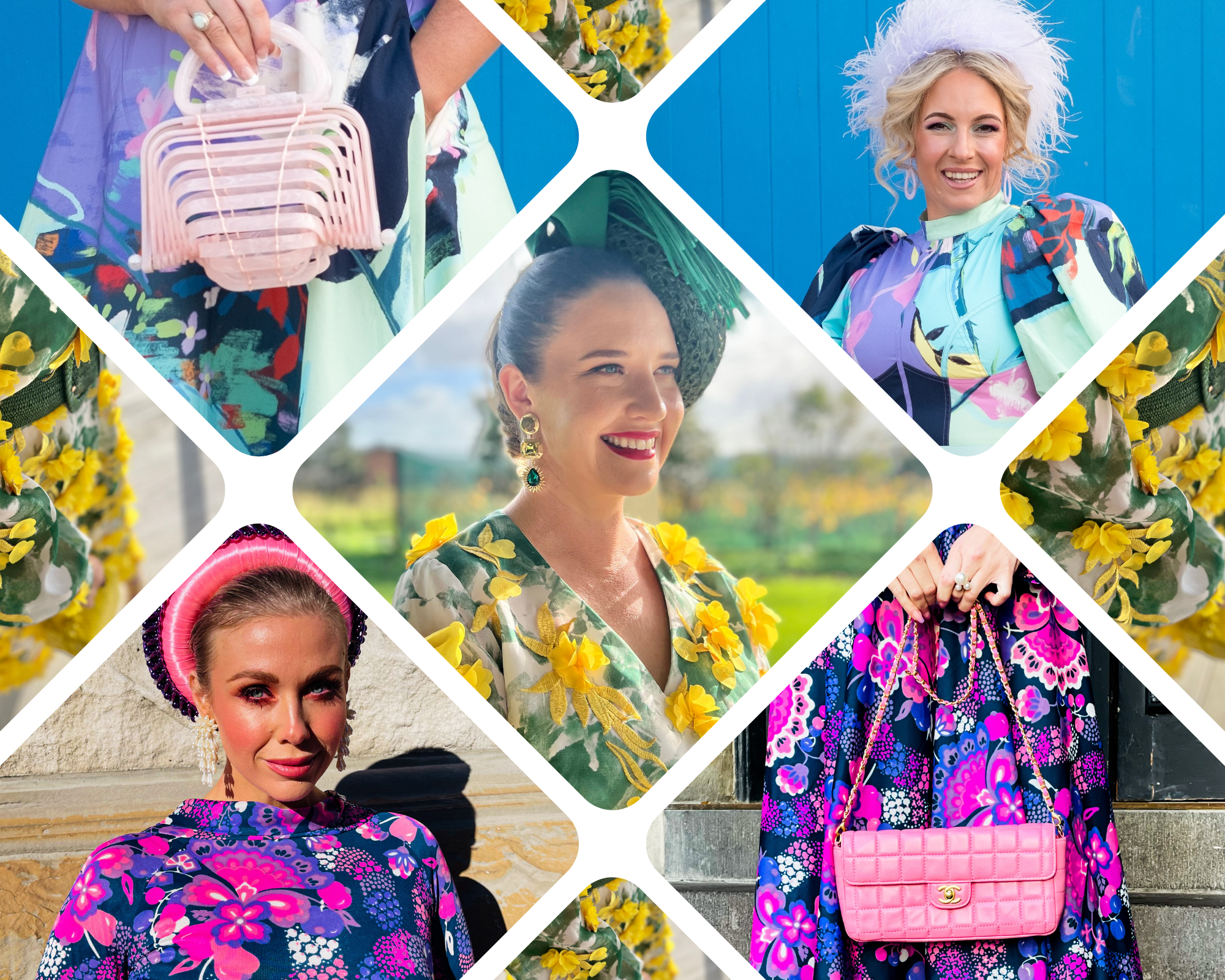
A snapshot of some of the Grand Finalists for The Ned Prix de Fashion 2022
While traditionally this part of the competition falls in either late summer or early autumn, judges and contestants are well-briefed that the outfit deemed to the best on the day should be the winner and points should not be deducted for the outfit’s seasonality so long as it fits within spring, summer or early autumn parameters.
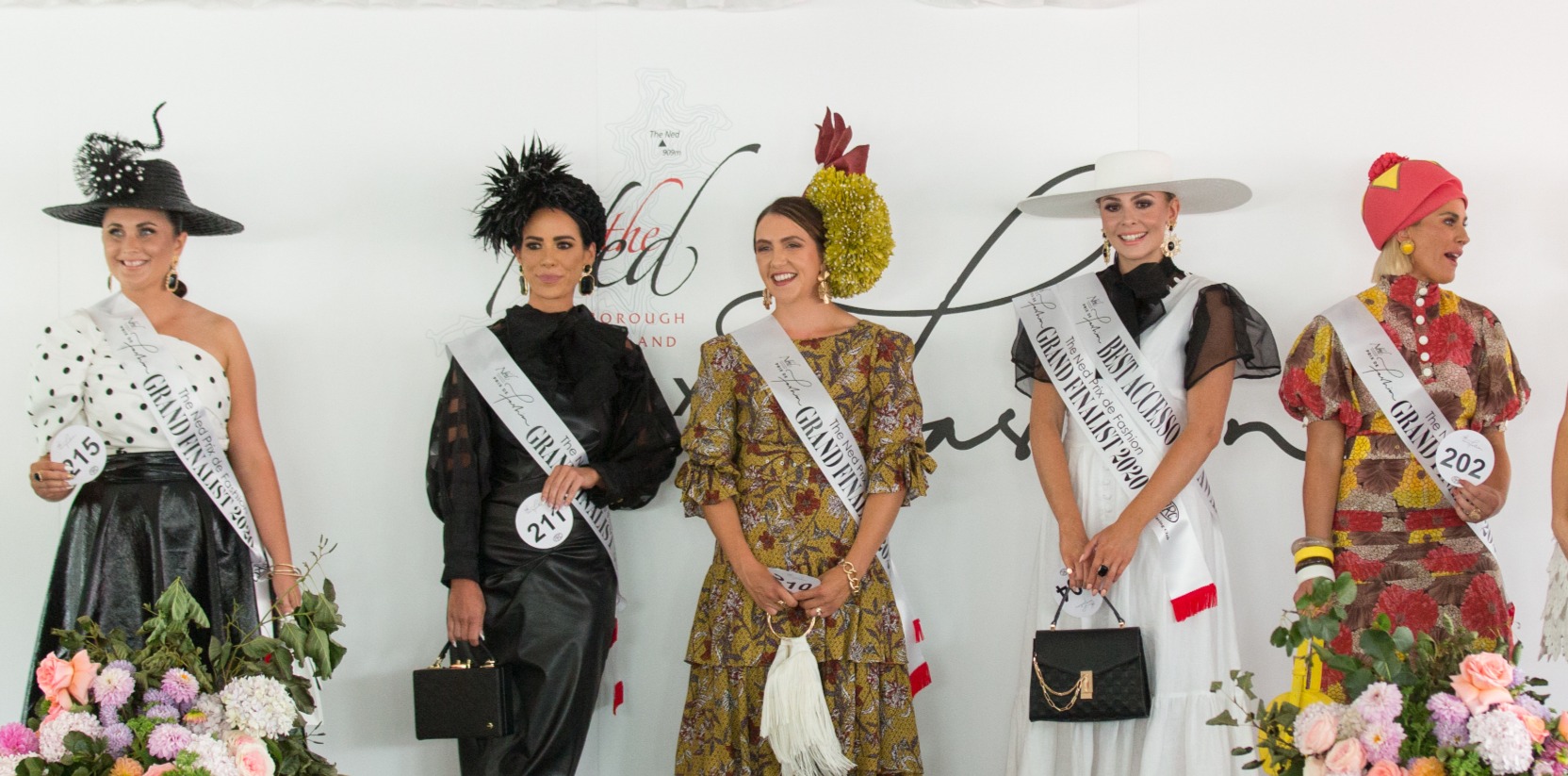
Grand Finalists on the runway in The Ned Prix de Fashion 2020 – the last time this competition was able to be held in-person.
Why?
The qualifying competitions are held across a period of months covering spring, summer and potentially even autumn with contestants in those competitions likely needing to abide by that particular competition’s seasonal criteria
For a variety of reasons, contestants are not required to wear a new outfit for The Ned Prix de Fashion – they are given the option to compete in the outfit they qualified in, if they so wish
Likewise, and again for all number of reasons, contestants are also not required to wear their qualifying outfit for The Ned Prix de Fashion. They can enter in something else if they so wish.
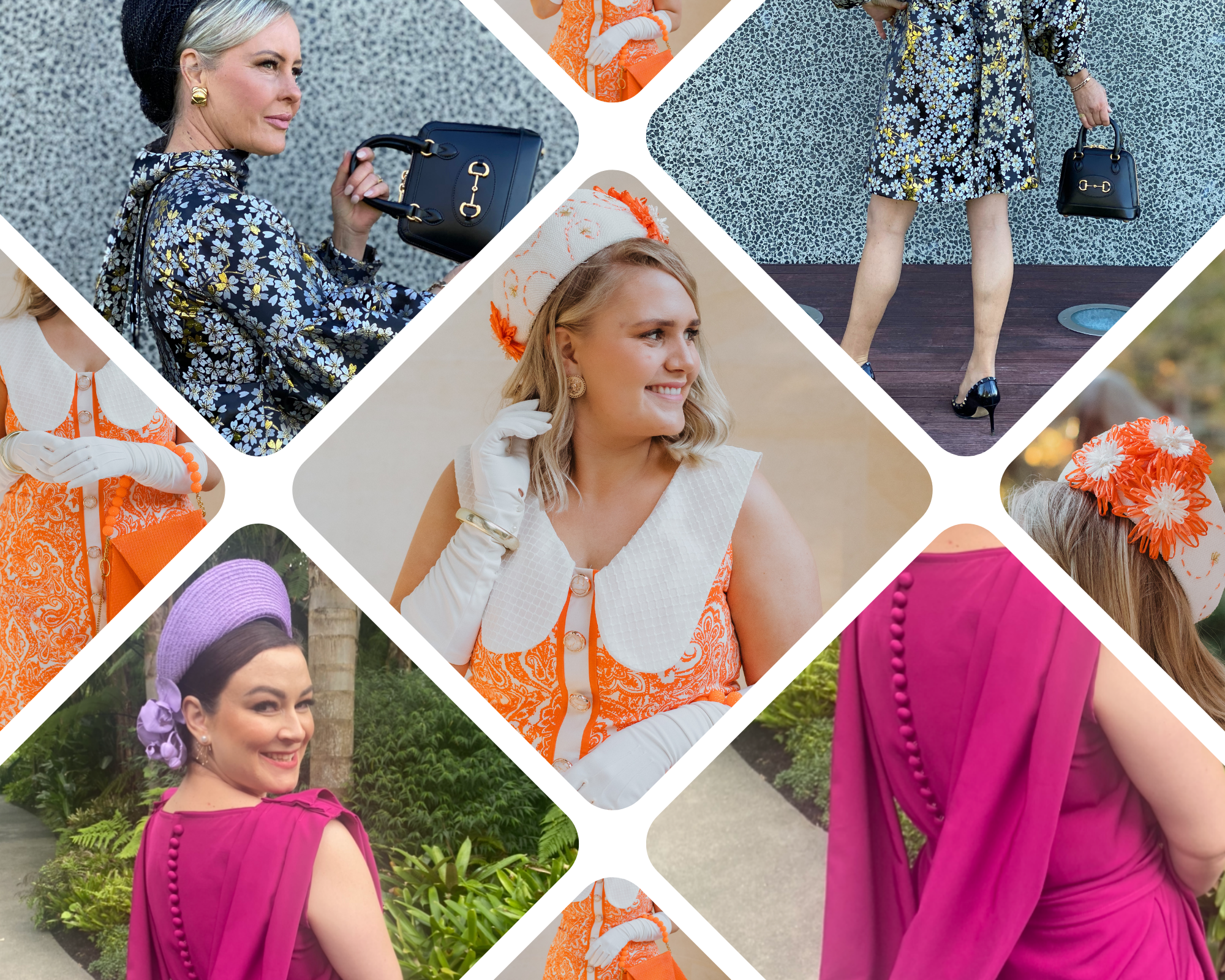
A snapshot of some of the looks we saw from 2021’s regional finalists
Government restrictions around events as a result of the COVID-19 pandemic meant that the scheduled in-person final (The Ned Prix de Fashion) had to be cancelled, with the decision made to move the competition to an online format as had also happened in 2021
Such restrictions had also impacted another Club’s scheduled in-person qualifier which was initially moved to a later date, before subsequently needing to be run online too
The ‘last chance’ qualifier that was scheduled to be run on the same day as The Ned Prix de Fashion was also moved online
Time needed to be allowed for those competitions to be produced by the clubs and held, and for contestants who may have missed out on qualifying for one, to have time to enter the other
The winners of those competitions also needed to be given time to determine what their outfit may be for The Ned Prix de Fashion and have enough time to create it if needed
There was an understanding that those competitors who had qualified for The Ned Prix de Fashion some months earlier may have already arranged to enter in an outfit that better suited the placement of the scheduled in-person event
Hence, we have this year’s final being held as it is in early winter – meaning outfits are permitted to range across what could now be deemed as four seasons
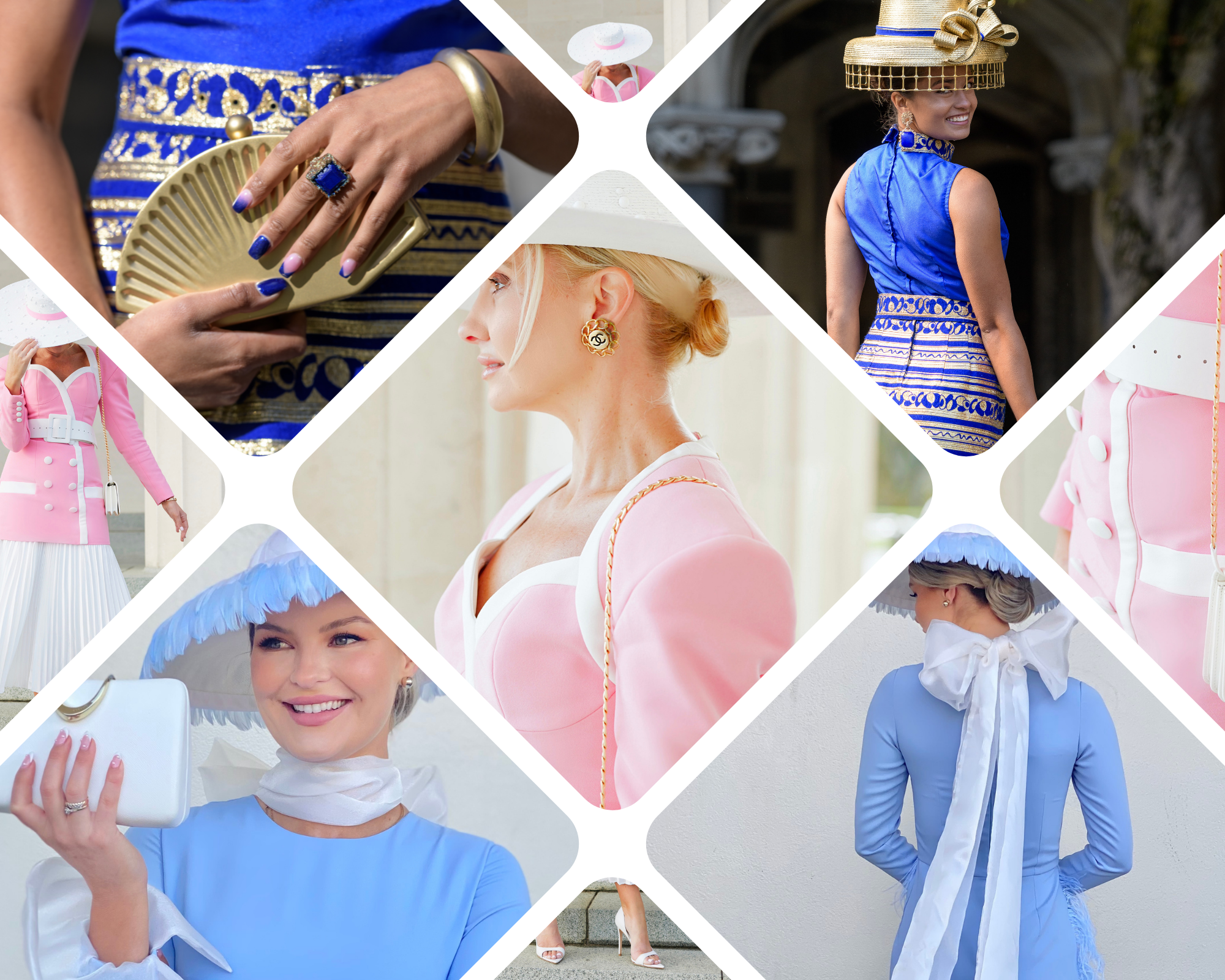
Another snapshot of some of the Grand Finalists in The Ned Prix de Fashion 2022
We understand that this is not how these competitions are traditionally run, but these are also not ‘traditional’ times we’re in.
We are thankful to our contestants, sponsors, fellow racing clubs and judges who have been so understanding as we all adapt to these circumstances. The feedback we have received from many more than makes up for the hard work and investment that goes into producing this kind of format.
We have enjoyed working to produce yet another outstanding competition that we hope not only provides some colour in what have been trying times, but showcases just how talented New Zealand’s racewear competitors – and the many producers who they work alongside – are.
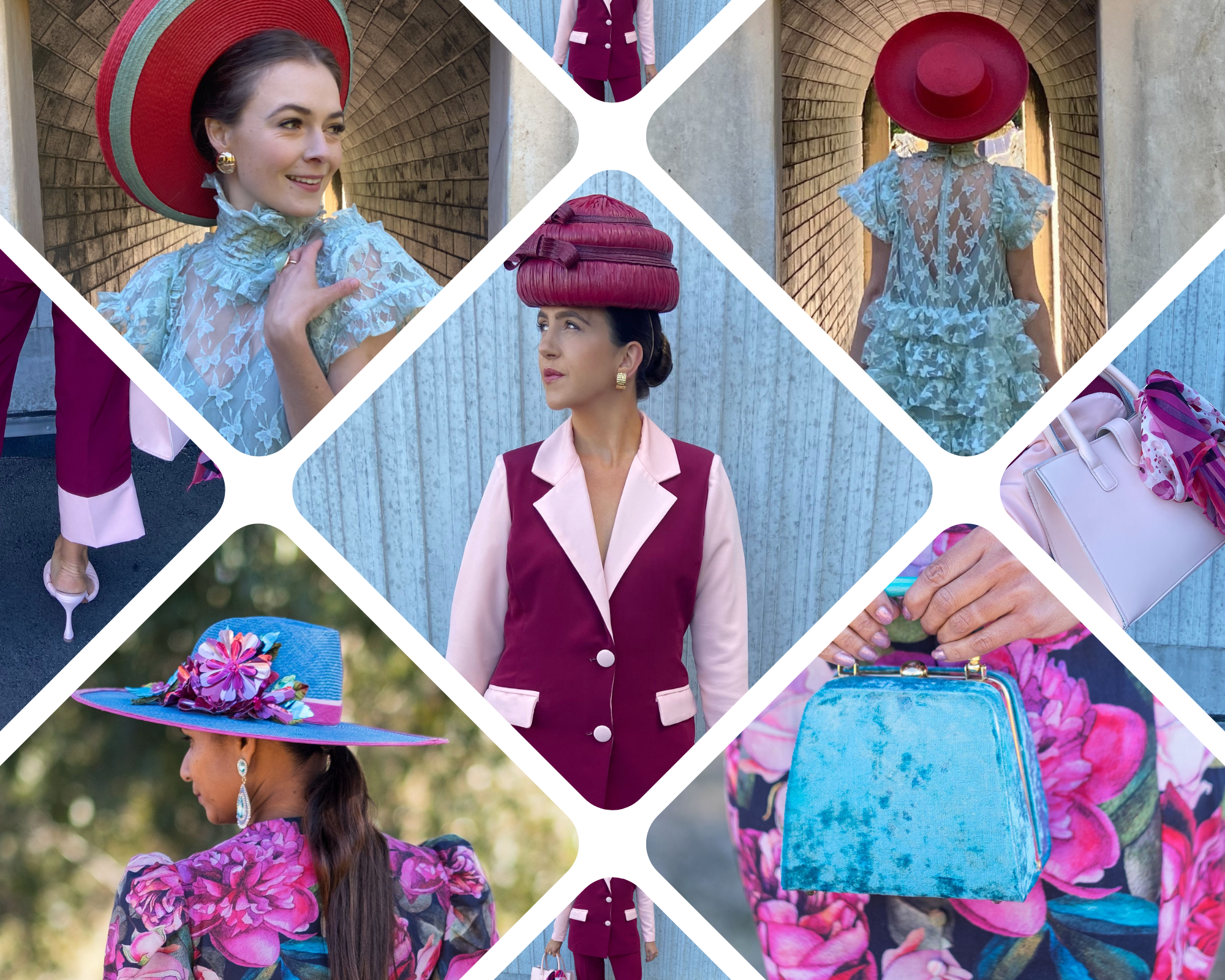
More snaps of some of the regional finalists from The Ned Prix de Fashion 2021 including who was announced the Supreme Winner – Laura Campbell (top left and right)